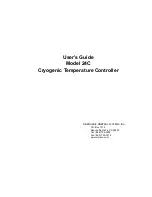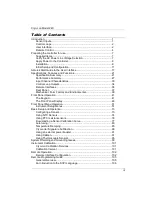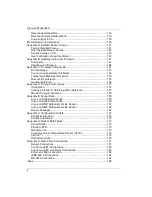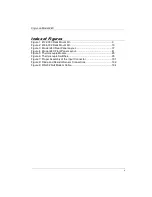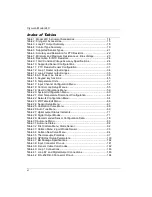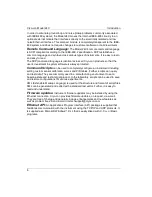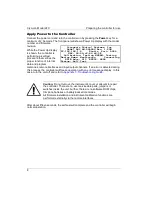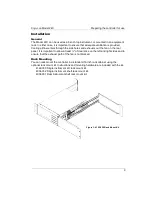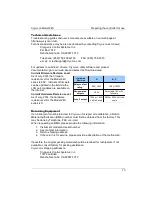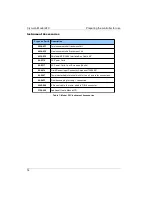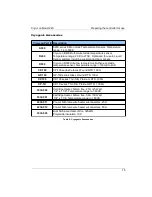
Cryo-con Model 24C
Introduction
Introduction
The Model 24C is a four-input, four-control loop cryogenic temperature controller
designed for general purpose laboratory and industrial use. Each input is independent
and capable of temperature measurement to <100mK with an appropriate
temperature sensor. The Model 24C supports virtually any cryogenic temperature
sensor produced by any manufacturer.
The four-output control loop circuits feature a primary 50W heater, a secondary
heater of 25W and two 10-Volt non-powered outputs. All control modes are supported
by all outputs.
The 24C front panel incorporates a large high resolution graphics TFT type Liquid
Crystal Display with an exceptionally wide viewing angle. With it's bright white LED
back-light, complete instrument status can be seen at a glance, even from across the
room.
Sensor Inputs
The Model 24C has four identical input channels, each of which implements a
ratiometric AC resistance bridge. This bridge uses separate, balanced circuits to
simultaneously measure both the voltage drop across the temperature sensor and the
current flowing through it. By measuring current with a higher accuracy than it can be
set, precision resistance measurements are obtained, even at low excitation levels.
Negative-Temperature-Coefficient (NTC) resistors are often used as low temperature
thermometers, especially at ultra-low temperature. Examples include Ruthenium-
oxide, Carbon-Glass, Cernox™, Carbon-Ceramic, Germanium and several others.
Their resistance and sensitivity increase dramatically at low temperature but their
sensitivity is usually poor at warmer temperatures.
The Model 24C provides robust support for NTC resistor sensors by using constant-
voltage AC excitation. In the warm region where the sensor has low resistance and
low sensitivity, constant-voltage will apply a high excitation current to improve
measurement accuracy. At low temperature where the sensor has high sensitivity and
high resistance, measurement errors are dominated by sensor self-heating.
Constant-voltage excitation reduces this error by reducing power dissipated in the
sensor as temperature decreases.
A common source of error at ultra-low temperature is sensor self-heating due to DC
offsets in the measurement electronics. The Model 24C resistance bridge measures
the actual current flowing through the sensor to actively cancel DC offsets by using a
feedback loop to offset it's excitation source.
Ultra-low temperature systems can be negatively affected by coarse steps in
excitation current. The Model 24C prevents this by using a step-less, continuously
variable excitation source.
Positive Temperature Coefficient (PTC)
resistor sensors including Platinum, CLTS
and Rhodium-Iron RTDs use the resistance bridge in a constant-current, AC mode.
Platinum RTD sensors use a built-in DIN standard calibration curve that has been
extended to 14K for cryogenic use. Lower temperature use is possible with custom
calibrations.
1

